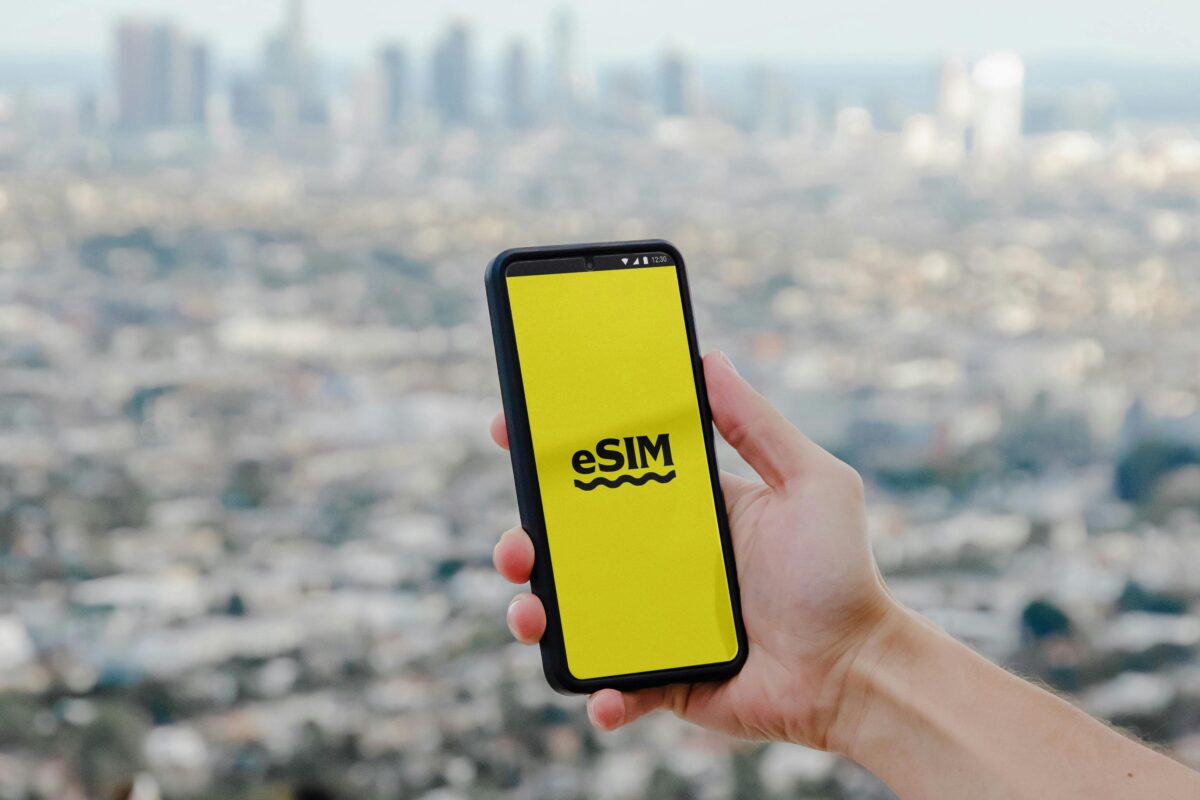eSIM Card Revolutionizing Mobile Connectivity in the Digital Age

In an increasingly connected world, staying online has become as essential as breathing. The evolution of mobile technology has seen significant advances, from bulky SIM cards to the introduction of the more flexible and convenient eSIM card. An eSIM, or embedded SIM, represents the latest in SIM card technology, offering a host of benefits that cater to the needs of the modern user. This article delves into what eSIM cards are, how they work, and why they are poised to revolutionize mobile connectivity in the digital age.
What is an eSIM Card?
An eSIM, or embedded Subscriber Identity Module, is a small chip embedded directly into a device, such as a smartphone, tablet, or smartwatch.
Unlike traditional SIM cards that require physical insertion and removal, eSIMs are programmable remotely, allowing users to activate a mobile plan without needing a physical card.
The eSIM’s embedded nature means it’s soldered into the device during manufacturing, making it an integral part of the hardware.
How eSIM Technology Works
eSIM technology functions similarly to traditional SIM cards but with enhanced flexibility. The eSIM chip contains all the necessary information to authenticate and connect the device to a mobile network.
When a user wants to activate a mobile plan, they simply download the necessary carrier information onto their device.
This process, often facilitated through QR codes or specialized apps, eliminates the need for physically switching out SIM cards when changing carriers or traveling internationally.
The eSIM can store multiple profiles, allowing users to switch between different carriers or plans with ease.
For instance, a user could have a local carrier profile for day-to-day use and an international carrier profile for when they travel.
This versatility is one of the key advantages of eSIM technology.
Advantages of eSIM Cards
Flexibility and Convenience
One of the most significant advantages of eSIM cards is the flexibility they offer. Users can switch carriers or plans without needing to visit a store or wait for a new SIM card to arrive.
This is particularly beneficial for frequent travelers who need to switch between local and international carriers seamlessly.
Space-Saving Design
Traditional SIM cards, though small, still require a dedicated slot in the device. With the space-saving design of eSIMs, manufacturers can utilize the freed-up space for other components.
Such as larger batteries or additional features, improving the overall functionality of devices.
Enhanced Security
eSIM technology also enhances security. Since the eSIM is embedded within the device, it is less prone to physical theft or loss compared to traditional SIM cards.
Additionally, eSIMs are harder to tamper with, providing an extra layer of security for users.
Environmental Impact
The adoption of eSIM technology could lead to a reduction in plastic waste generated by the production of physical SIM cards.
This shift towards digital SIMs aligns with the growing emphasis on sustainable practices in technology.
Challenges and Considerations
Despite the numerous benefits, there are challenges associated with eSIM technology that need to be addressed.
One significant concern is the compatibility of eSIMs with all devices and carriers. While many new devices support eSIM technology, older devices may not be compatible.
Additionally, not all carriers globally offer eSIM support, limiting its adoption in certain regions.
Another consideration is the potential for increased complexity in managing multiple profiles. While having multiple profiles can be advantageous, it could also lead to confusion, especially for users who are not tech-savvy.
Ensuring that the process of switching between profiles is user-friendly will be crucial for widespread adoption.
The Future of eSIM Technology
As the digital landscape continues to evolve, eSIM technology is expected to become the standard in mobile connectivity and id mobile review.
The convenience, security, and environmental benefits offered by eSIMs make them an attractive option for both consumers and manufacturers.
With the rollout of 5G and the Internet of Things (IoT) expanding, the role of eSIMs in connecting various devices will only grow.
In the future, we can expect eSIM technology to extend beyond smartphones and tablets. Devices such as laptops, wearables, and even vehicles could be equipped with eSIMs, allowing for seamless connectivity across a wide range of applications.
This expansion will further solidify the eSIM’s role in the next generation of digital communication.
Conclusion
eSIM cards are more than just a new type of SIM card—they represent a shift in how we think about connectivity.
By eliminating the need for physical cards and offering unprecedented flexibility, eSIM technology is paving the way for a future where staying connected is easier, more secure, and more sustainable.
As the adoption of eSIMs continues to grow, they will undoubtedly play a crucial role in the ongoing digital revolution, shaping the future of mobile communication for years to come.






